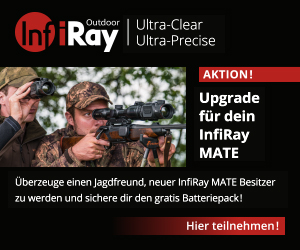Hab ich vom FBI geklaut!! :wink:
Conclusions
Physiologically, no caliber or bullet is certain to incapacitate any individual unless the brain is hit. Psychologically, some individuals can be incapacitated by minor or small caliber wounds. Those individuals who are stimulated by fear, adrenaline, drugs, alcohol, and/or sheer will and survival determination may not be incapacitated even if mortally wounded.
The will to survive and to fight despite horrific damage to the body is commonplace on the battlefield, and on the street. Barring a hit to the brain, the only way to force incapacitation is to cause sufficient blood loss that the subject can no longer function, and that takes time. Even if the heart is instantly destroyed, there is sufficient oxygen in the brain to support full and complete voluntary action for 10-15 seconds.
Kinetic energy does not wound. Temporary cavity does not wound. The much discussed "shock" of bullet impact is a fable and "knock down" power is a myth. The critical element is penetration. The bullet must pass through the large, blood bearing organs and be of sufficient diameter to promote rapid bleeding. Penetration less than 12 inches is too little, and, in the words of two of the participants in the 1987 Wound Ballistics Workshop, "too little penetration will get you killed." Given desirable and reliable penetration, the only way to increase bullet effectiveness is to increase the severity of the wound by increasing the size of hole made by the bullet. Any bullet which will not penetrate through vital organs from less than optimal angles is not acceptable. Of those that will penetrate, the edge is always with the bigger bullet.







